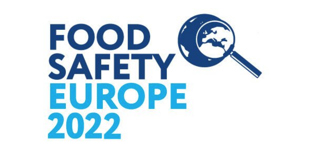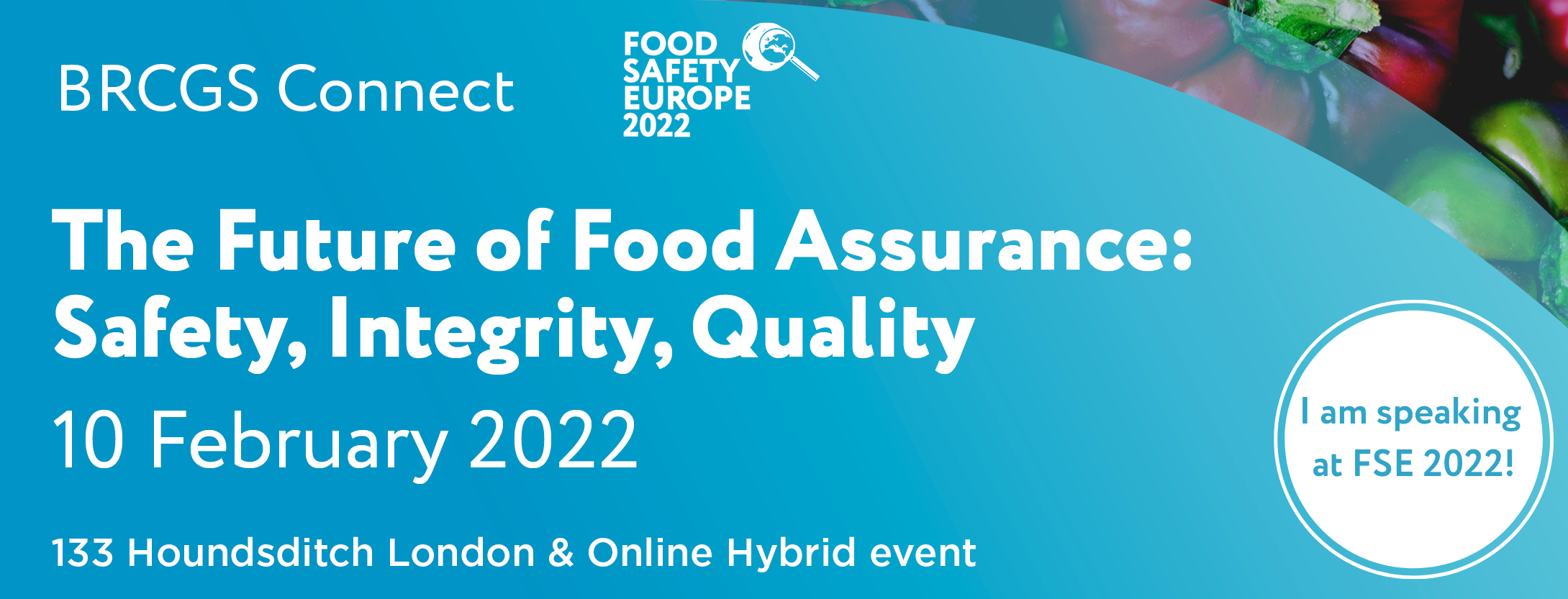On February the 10th, the Director of Equalitas Stefano Stefanucci took part in the BRCGS conference “Food Safety Europe 2022” during the discussion dedicated to “Ethics and Food Safety: Aligning ethical trade and food safety goals and moving beyond compliance”.
The debate was focused on the following points:
- Defining your ethical sourcing policy – what are the considerations?
- Balancing ethical and food safety concerns food waste, packaging, and water use
- Considerations and challenges in developing an ethical supply chain
- Outlining the ethical standards landscape: What are different standards and what do they involve?
- Audits: Can ethical and food safety audits be combined? How can compliance be ensured?
- What does it mean to move beyond compliance – establishing an ethical company ethos
During the debate were tackled different issues that led to interesting answers and reflections. Here are some thoughts and comments of Stefano Stefanucci:
Q: The world of ethics certifications is broad and is not always evident for companies which standard to choose. Can you say something about this?
A: Yes, there are many standards and most of them are reliable. The focus of the stakeholders should be on mutual recognition. Moreover, I think is more needed something that put together all the issues in a wide and shared definition of sustainability. Ethical sourcing can’t be related only to work ethics; for sure, in a modern approach, it should also be related to the environment and to food safety. No more watertight compartments projects!
Q: If consumers will drive change by demanding more from us on sustainability, how will they understand what good looks like if we can’t communicate what responsible sourcing or sustainability means?
A: Who drives the market (and this is hardly the consumer) should decide if they want to recognize programs that get a lot of members to improve the industry overall (maybe self-evaluation, with no third party evaluation), or if they want to help the consumer find the quantitatively and qualitatively more sustainable products, which requires fulfilling set standards. This is the real question, at least in the wine sector, especially since all the large programs (in California, in Italy and in other places) with bigger budgets are process based; and the most comprehensive programs with higher requirements will for a long time have fewer members. We are not far from having a shared interpretation of what is sustainability in the wine sector but there is still a wide difference on how strict the requirements of the several standards are. I wish to express words of praise for the Nordic Alcohol Monopolies (especially Sweden) that, starting from 2019, decided to conduct a complete study to analyze all the main sustainability programs. This helps to differentiate between programs that are designed to improve the industry overall, and programs that are based on third-party certifications and that face the three pillars. There are a lot of studies and there’s a strategy behind each of the programs, but we need to understand that they are different from one another.
Q: Is ethical sourcing more important than food safety? Does this pose a risk where food safety requirements can be overlooked?
Firstly, a good sustainability initiative should comprise ethics, economy, environmental quality and food safety. It’s not that common or, at least, it is not specified in many sustainability projects that it’s only the right balance between the various pillars that gives a complete account on the company’s sustainability. We should be looking for the correct balance. For example, many wineries use to rinse their bottles before filling, even if not compulsory by law. If a winery chooses not to rinse the bottles, thus putting at risk the product safety, its water balance will be favoured and, according to some sustainability projects, the winery will be considered more sustainable, even if it has increased its food safety risk. Only if you have a good practice bond, a bad attitude (no water rinse) would be discouraged. It is possible to limit the frictions between the several pillars by putting together the various connotations of sustainability in well-structured requirements.

